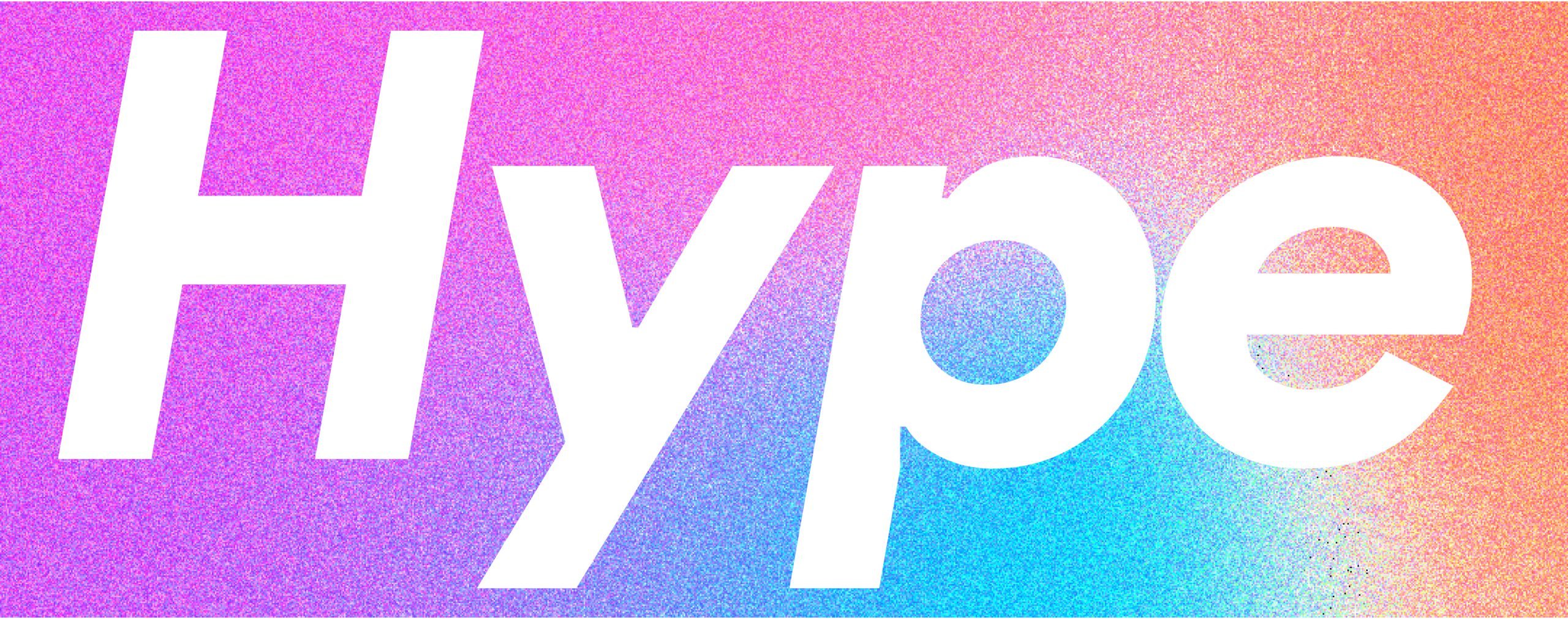Google Glass was a futuristic product that promised to revolutionize the way we interact with technology. The device was a wearable computer that sat on the user’s face like a pair of glasses, providing them with a heads-up display that allowed them to access information, take photos and videos, and even make phone calls without ever needing to take out their phone.
While Google Glass had some impressive features, it also faced fierce competition from other players in the market. In this article, we will explore the pros and cons of Google Glass and compare it to some of its rivals.
Pros of Google Glass
One of the most significant advantages of Google Glass was its ability to provide users with a hands-free experience. With Glass, users could perform tasks like taking pictures, recording videos, or making phone calls without ever having to take their hands off the wheel or their eyes off the road. This was particularly useful for professionals like surgeons, who needed to perform delicate procedures while keeping their hands free.
Another benefit of Google Glass was its advanced technology. The device used a heads-up display to overlay information on the user’s field of view, providing them with real-time data and insights. For example, if a user was hiking, they could use Glass to get information about their location, the weather, or nearby landmarks without ever needing to take out their phone. This was particularly useful for outdoor enthusiasts or people who needed to access information on the go.
Cons of Google Glass
Despite its impressive technology, Google Glass faced a number of challenges. One of the biggest obstacles was its high price point. When Glass first launched, it cost $1,500, making it an expensive device that was out of reach for most consumers. Additionally, the device had limited battery life, which meant that users would need to recharge it frequently.
Another issue with Google Glass was its privacy concerns. Because the device had a built-in camera, some people were concerned about being recorded without their knowledge or consent. This led to some public places, such as bars and movie theaters, banning the use of Glass.
Rivals in the Market
While Google Glass was one of the first devices of its kind, it faced fierce competition from other players in the market. One of its main rivals was the Microsoft HoloLens, which was a similar device that used augmented reality to provide users with real-time information. Unlike Google Glass, the HoloLens was targeted primarily at business users, with applications in industries like healthcare, manufacturing, and construction.
Another competitor was the Vuzix Blade, which was a more affordable device that offered many of the same features as Glass. The Blade used a heads-up display to provide users with information and also had a built-in camera for taking photos and videos.
In conclusion, Google Glass was an innovative product that promised to change the way we interact with technology. While it had some impressive features, it also faced a number of challenges, including a high price point, limited battery life, and privacy concerns. Despite these challenges, Glass paved the way for other wearable devices, and today, there are many similar products on the market. As technology continues to advance, we can expect to see more devices that blur the line between the digital and physical worlds.
- Tags:








